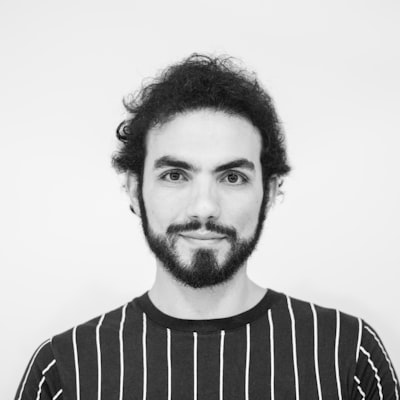Are Shiatsu Massages painful?

Shiatsu is an ancient Japanese form of handwork, is based on pseudoscience theories that originate from traditional Chinese remedies. It also incorporates the idea of energy pathways running through the body. Being popularized in the late twentieth century by Tokujiro Namikoshi, shiatsu has been around in some form or another for as long as ancient China. The concept was embraced by Japanese warriors, samurai, who believed that the flow of 'Qi', or 'Chi' throughout the body was a vital element to win battles. The energy believed to be similar to the 'life force' that ran through and within the body. Shiatsu massage was created to aid in physical movements and to aid in the recovery of injuries for warriors.
Modern shiatsu massage is a modern version of Shiatsu. Modern shiatsu refers to basic hand therapy with the focus on pressure points on the hands, elbows, shoulders, and legs. According to the American Heritage Dictionary, shiatsu is "a form or medicine whose goal it is to restore health using various methods" (Webster's Collegiate Dictionary). Shiatsu thus is a combination of Western and Eastern medicine with a focus on the holistic benefits of therapeutic touch.
Shiatsu is a great therapy that offers numerous advantages and rewards for those who practice it. In fact, Shiatsu is used for many different ailments by both adults and children alike. People who have shiatsu massages can ease tension and stress from a variety of sources. The most common cause is the back muscles getting aching from sitting for long hours. Others who benefit from this treatment include pregnant women who have cramps, bloating, or urinary problems athletes who must focus on their performance and not be concerned about urinary or bloating issues and those recovering from sports injuries.
Shiatsu is usually practiced in a fully clothed environment. This is to ensure that both the client and practitioner are in a natural and relaxed state of mind. Some practitioners prefer to wear gloves to achieve this goal however, others do not. Practitioners are not required to wear anything more than a loose-fitting cotton shirt to meet the requirements of this article. 서울출장마사지 It is crucial to remember that Shiatsu is not therapy in the conventional sense. It is a therapeutic touch that aims to reduce muscle tension, release emotional and mental stress, relieve tightness in the muscles and improve the overall health.

Shiatsu therapists seek to relax clients by applying gentle pressure to specific parts of their bodies. The areas chosen could be ones that are connected to the major organ systems (omach, liver, lungs and so on. ) or any other region that connects with the major organs in terms of function (such as joints, muscles, tendons, etc. ).
Shiatsu massage can also involve the identification and isolation of specific channels (pressure point) where energy flows. These pressure points could use a variety of techniques, from gentle pressure to strong compression. The goal is to release obstructions by redirecting or manipulating energy to alleviate certain conditions, such as cramps, headaches, dizziness, insomnia, chronic pain, or nervousness.
Shiatsu has been popularized in the west as an alternative therapy. This means that it can be used in addition to or instead of Western medical practices. While shiatsu therapists are trained professionals, there are also numerous home-based, self-trained therapists available. In fact, many people who are unfamiliar with Eastern healing and its practices are seeking out these new sources of information and treatment. Many believe that shiatsu therapy aids to restore balance to the mind and body, promote energy flow, reduce stress, encourage healing, reduce the symptoms of disease and illness and help restore good health.
There are a number of different ways that a therapist may offer the Shiatsu massage. A therapist can perform a Shiatsu massage in the client's home, in a private or public setting, or in the hospital, nursing facility, or other healthcare setting depending on the client's needs. Patients can receive therapy at their own homes. There aren't any requirements that a therapist provide this therapy in a clinical or traditional setting. The patient has the freedom to choose the amount of discomfort and pain they wish to experience.
